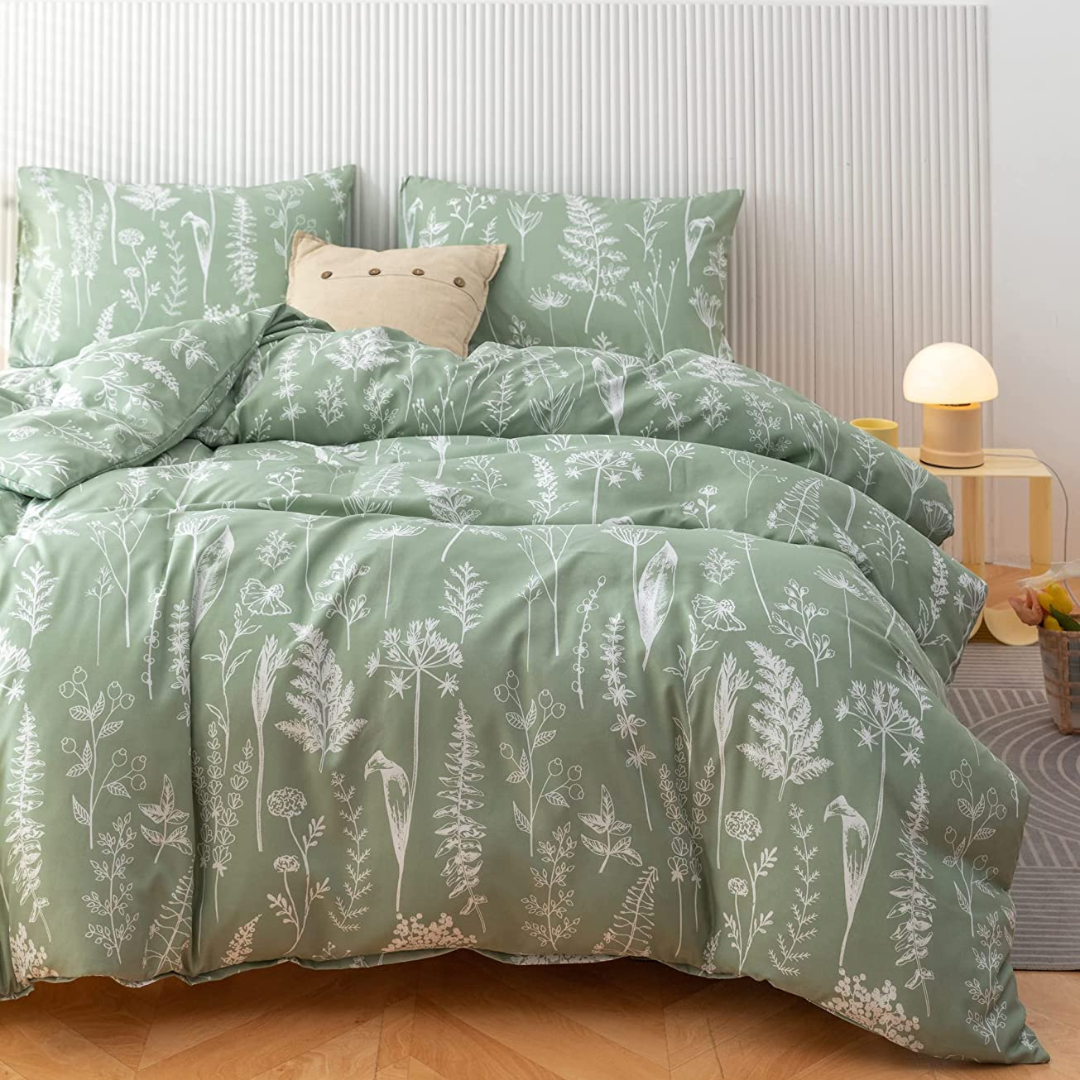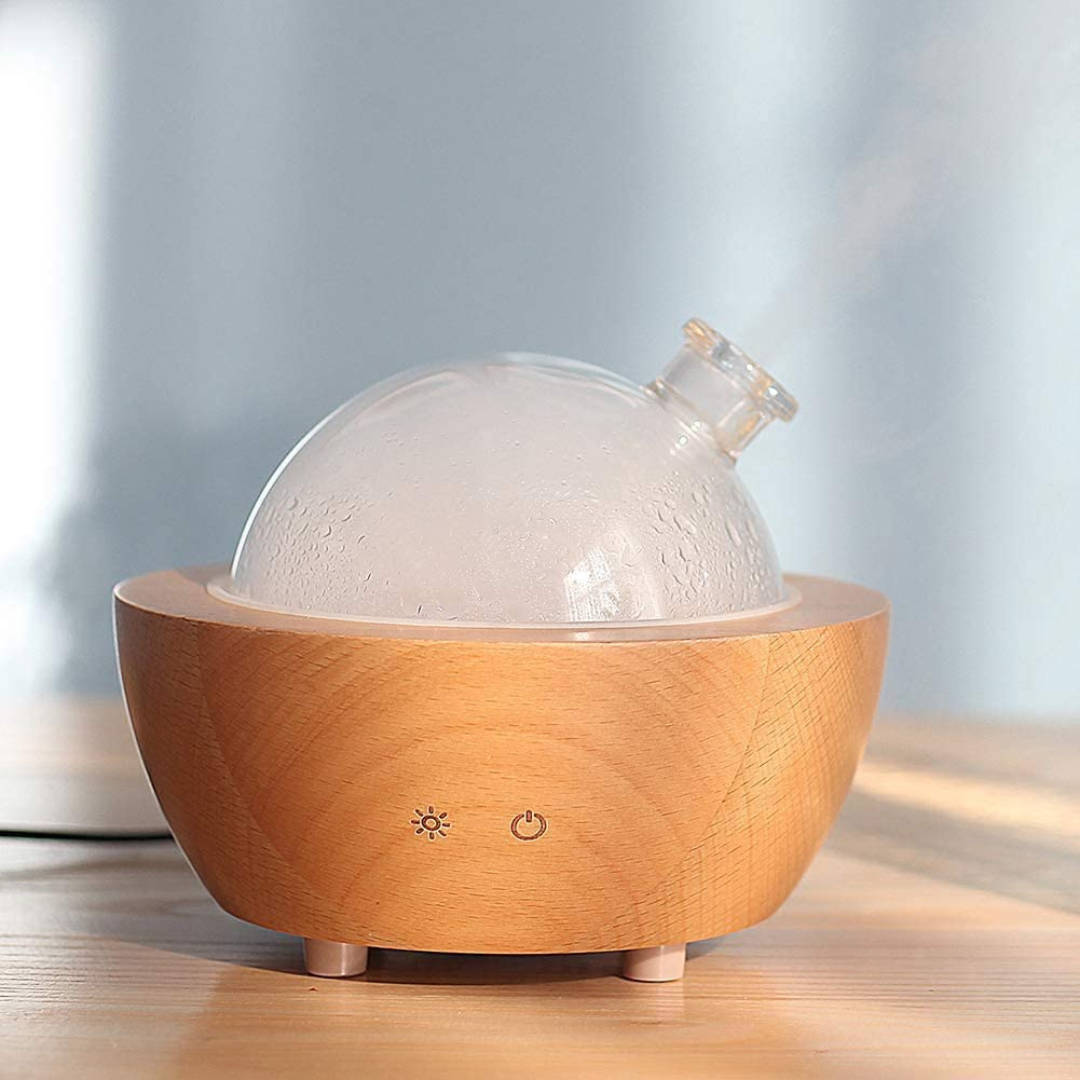|
|Herbs like rosemary and lavender have been cultivated for centuries for their culinary and medicinal qualities. Scientific studies have repeatedly shown that the aromas surrounding us play a significant role in our physical and emotional health. According to the New England Journal of Medicine, herbal remedies may be a good alternative or supplemental treatment for those with mild to moderate depression.
If you already utilize aroma therapy in your mental health tool kit, you might be pleasantly surprised to learn that you can grow your herbal health garden. There’s an added physical health benefit of growing your own herbal garden. Gardening often involves low-intensity exercise and is a therapeutic activity to take a break from a stressful day or enjoy peace and quiet.
Please note: This guest article does not contain healthcare or therapeutic advice. If you are concerned about your health or well-being, speak with a health professional or visit your nearest medical facility in an emergency. The links in this article may be affiliate links that I will be compensated for at no additional cost to you.
Here are five herbs with mental health benefits you can grow at home.
1. Lemongrass Lemongrass is an evergreen grass that can be trimmed and harvested throughout the year. Benefits Inhaling the aroma of lemongrass is a great way to alleviate depression as it is a natural mood elevator. Eating lemongrass has anti-inflammatory properties and is one of the highest-rated herbs for digestive issues. It helps relieve nausea, indigestion, heartburn, diarrhea, constipation, and bloating. Lemongrass also helps stimulate digestion and eliminate gas. Growing Tips Lemongrass naturally grows in warmer climates found in hardiness zones 9-10. Fortunately, it is versatile and can be cultivated in small, large, and medium-sized pots. So, growing your lemongrass in pots for year-round cultivation and harvesting might be more advantageous if you live in the northern latitudes.
2. Rosemary Rosemary is a flowering plant that is often found in Mediterranean regions. Rosemary has medicinal benefits thanks to its antioxidant properties and anti-inflammatory properties. Benefits Rosemary’s aroma combats stress, lowers blood pressure and heartbeats, helps strengthen the immune system, and keeps skin healthy. Rosemary is also a natural germicide, anti-fungal, anti-bacterial, and antiviral herb that can help prevent colds. In addition, rosemary is a versatile cooking herb that can enhance the flavor of nearly any protein. Growing Tips Rosemary is a hearty herb that will thrive and produce evergreen green leaves and seasonal flowers in hardiness zones seven and eight, with minimal maintenance. It prefers sandy and less acidic soils with plenty of sunlight. You might consider growing rosemary in a sizable transportable pot or building a hot house/greenhouse if you live in northern climates. Rosemary does not like cold weather and will quit producing green leaves and flowers in colder weather. Young plants can be killed by frost and snow. 3. Sage Sage is a herb widely used in traditional Chinese medicine to treat respiratory problems such as asthma and pneumonia. Benefits Sage can help treat earaches, improve memory, reduce stress and anxiety, relax muscles, and relieve muscle pain. Sage also has anti-inflammatory properties and is an antioxidant. It is also a natural freshener and deodorizer, making it an excellent choice for anyone sensitive to smells. Growing Tips There are a lot of gardening books dedicated to sage and its variants. So, you’ll want to consider which growing zone you live in when picking your sage to grow. Most sage variants prefer warmer climates with full sun and well-drained soil. Some variants, like Russian Sage, can grow in colder climates. 4. Lavender Lavender is a nicely scented herb used as a floral decoration with numerous benefits. Benefits Lavender can reduce anxiety, improve sleep and stress levels, reduce pain, and reduce fever and inflammation. Lavender also has antioxidant properties that can help prevent Alzheimer's disease. Growing tips Lavenders are easy to grow and can be planted from summer through winter in zones 5 to 9. Lavender plants are drought resistant and thrive in arid climates. They prefer full sun but can be scorched by the summer afternoon sun. So they may benefit from planting in an area of your yard that receives shade in the afternoon. Sage struggles to grow in humid climates like the southeast United States. So many southern gardeners grow sage in pots which allows gardeners to move the plants indoors during the sweltering summer.
5. Valerian Valerian is a flowering plant that can grow up to 10 feet tall and has been used as a sedative by humans for thousands of years. It is one of the most potent herbs globally and should be used cautiously. Benefits Valerian has a calming effect and can help treat insomnia, depression, anxiety disorders, emotional exhaustion, and stress. While it produces beautiful slender stocks with lightly scented flowers, the most potent part of the plant is its roots. The strong taste of valerian is too much for most people's pallets, and it is often combined with other herbs to make it taste better in teas. Valerian root is one of the most potent herbs with strong effects, so it should only be consumed in small doses. Most commercial valerian root supplements include warning labels that caution against its combined effects with prescription painkillers and anti-depressants. Fortunately, valerians' strong flavor will deter most children and animals from consuming dangerous quantities. But, potential users should consult a physician and monitor their consumption of valerian root products. Growing Tips Valerian is very forgiving and can be grown in hardiness zones 3-9. Most gardeners consider it a beneficial weed because of its predictable, quick growth and minimal needs. Valerian grows well in various soils, sun conditions, and climates. But, its roots grow biggest in a loamy soil. Valerian will die back to the ground in late fall and winter. But valerian’s strong roots will continue to grow throughout the year. To maintain valerian to a small plot, dig out its edge roots each winter. A small plot of valerian can take over a garden in just a few years. Conclusion In conclusion, growing your herbs can be more beneficial than just buying them at the store, as gardening has many added benefits. Most of the herbs we reviewed are low maintenance and cost and don't require a green thumb to survive. We encourage you to explore the herbs we listed and try your hand at growing your own. Related: Essential Oil Blog Articles
The links on this page may be embedded with affiliate links that I am compensated for at no additional cost to you.
0 Comments
Your comment will be posted after it is approved.
Leave a Reply. |
Welcome to the blog!↓ That's me, Heather. :)
MENTAL HEALTH RESOURCE VAULTGreat!Check your email for instructions on how to access the Mental Health Resource Vault. Categories
All
Popular Posts// 25 Positive Mindset Quotes
// Self-Care Bullet Journal Spreads // 7 Ways Your Physical Health is Connected to Your Mental Health |




 RSS Feed
RSS Feed
















